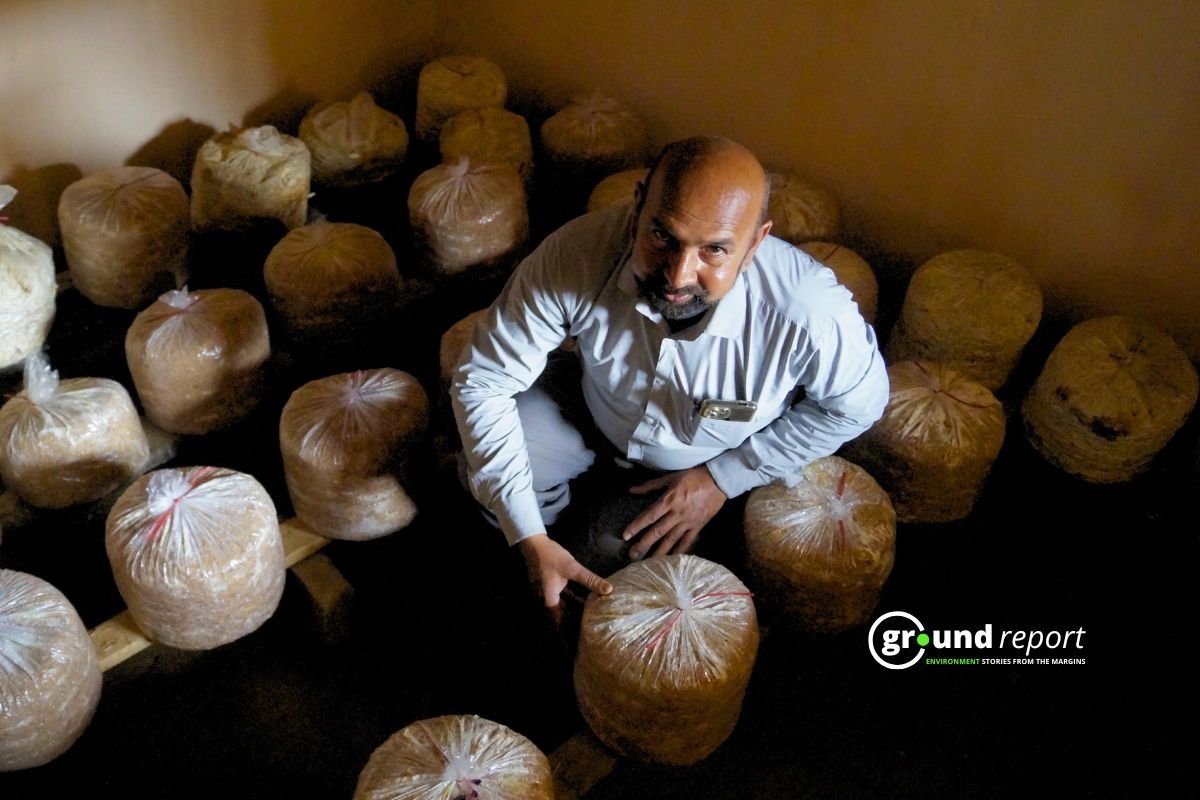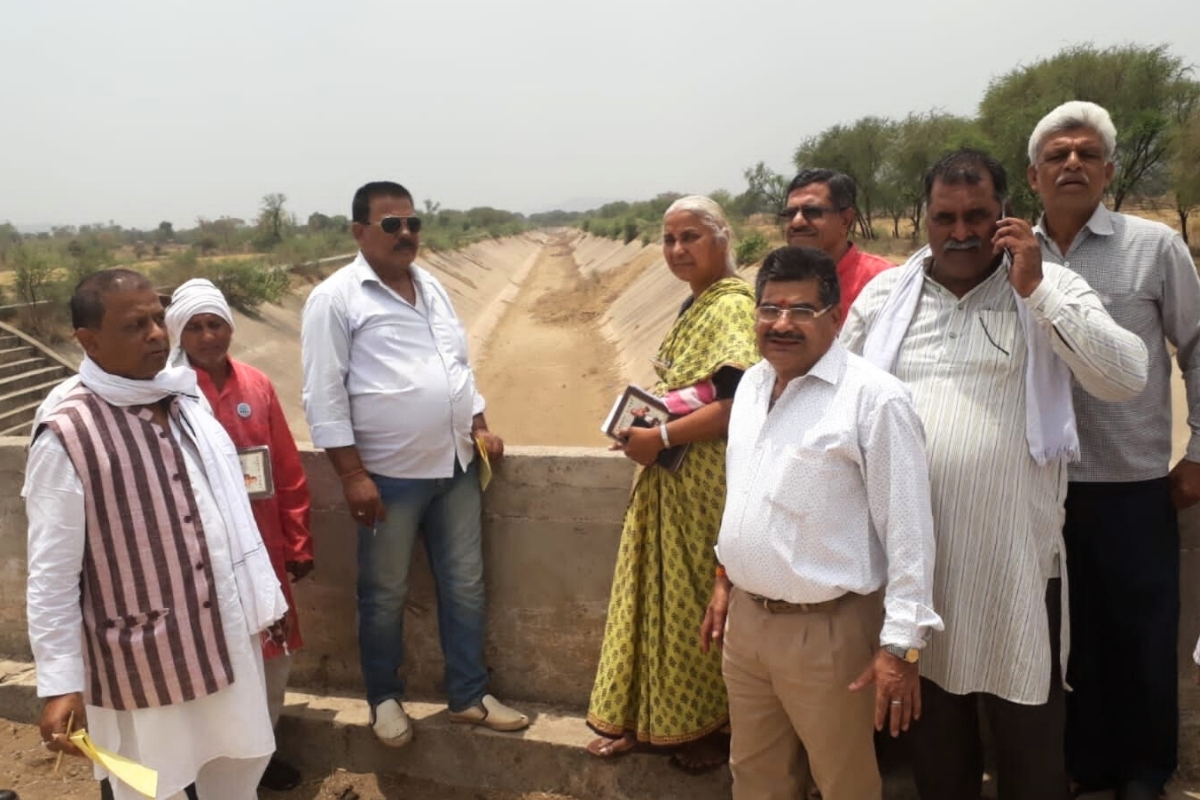On Saturday, April 26, a powerful rain microburst hit the Aburrá Valley in Colombia, causing severe damage in San Antonio de Prado, a southern area of Medellín. The heavy rainfall triggered mudflows and landslides, forcing local authorities to declare an emergency.
Weather Monitor (@WeatherMonitors) reported that the microburst, which occurs when thunderstorms send intense downdrafts of air, brought heavy rain and strong winds to a small area.
They shared, “A stunning rain microburst was spotted Saturday over the Aburrá Valley in Colombia. Heavy rainfall triggered an emergency in San Antonio de Prado, in southern Medellín, causing mudflows and landslides.”
A stunning rain microburst was spotted Saturday over the Aburrá Valley in Colombia. Heavy rainfall triggered an emergency in San Antonio de Prado, in southern Medellín, causing mudflows and landslides. https://t.co/TmwwRqIYGO pic.twitter.com/AIFeOvQqOC
— Weather Monitor (@WeatherMonitors) April 28, 2025
The downpour overwhelmed San Antonio de Prado, a region already prone to such disasters because of its steep, mountainous terrain in the northern Colombian Andes. Weather Monitor also posted footage showing devastating flooding, with muddy torrents rushing through streets, sweeping away vehicles, and threatening homes.
What is a Microburst?
A microburst is a sudden, intense downdraft of air that occurs during thunderstorms. These events typically affect areas no larger than 2.5 miles (4 km) across, bringing heavy rainfall and strong winds. Meteorologist Ted Fujita first defined the phenomenon, explaining that microbursts produce rapid changes in wind speed and direction, often causing significant turbulence. There are two types: wet, which includes rainfall, and dry, which does not.
How did it happen in Colombia?
Saturday’s microburst was spotted over the Aburrá Valley, where it unleashed torrential rain and strong winds, overwhelming the already vulnerable San Antonio de Prado. This area, located in the steep, mountainous terrain of the northern Colombian Andes, frequently experiences landslides triggered by intense rainfall. According to a 2021 study, titled The Relationship Between Rainfall and Landslides in the Aburrá Valley, rainfall is a key factor in the occurrence of landslides in this region. The study highlighted that intense rainfall events, such as the 83.3 mm recorded in just 2 hours and 30 minutes during a 2019 event, significantly weaken the slope materials, triggering mass movements like landslides.
The study pointed out that rainfall-induced landslides are among the most frequent natural disasters in the Aburrá Valley, with the area’s topography making it especially vulnerable. The microburst on April 26, 2025, aggravated the region’s already precarious situation, causing widespread flooding and triggering mudflows that swept through San Antonio de Prado, mirroring the devastating effects of past events.
Why it’s so dangerous?
Microbursts pose a severe risk, particularly to aviation. The strong downdrafts they create can cause wind shear, which affects an aircraft’s lift and performance during takeoff and landing. A sudden loss of lift can cause an aircraft to drop quickly, making it difficult for pilots to control. In addition, microbursts can produce severe turbulence, which can cause injuries to people inside aircraft and ground-based structures.
Microbursts are a type of low-level wind shear, where wind speed or direction changes rapidly near the ground. These events can be extremely dangerous, especially during takeoff or landing.
A microburst creates a brief, intense burst of wind in an area as small as 2.5 miles. The downdrafts can cause an aircraft to drop as quickly as 3,000 to 5,000 feet per minute, and in extreme cases, up to 6,000 feet per minute. Horizontal winds near the surface can reach speeds of 45 knots, creating a 90-knot wind shear, shifting from headwind to tailwind across the microburst.
This rapid shift can force an aircraft into an uncontrollable descent, leaving little time for the pilot to respond
This danger is not new. In 1982, a microburst caused a crash at New Orleans International Airport, killing all 145 people aboard Pan Am Flight 759. Similar incidents occurred in 1985 in Dallas, Texas, and in 1980 when a microburst caused the collapse of the Sunshine Skyway Bridge in Tampa Bay, Florida, killing 35 people.
In the 202 study, the authors emphasised that rainfall rates exceeding 60 mm in an hour can weaken the geomaterials of slopes, increasing the chances of landslides. Such rapid and intense rainfall—like that associated with microbursts—can destabilise steep mountain areas and trigger these dangerous events.
Key features of a microburst
Microbursts don’t always occur in isolation. A single storm can produce multiple microbursts, each striking different areas in quick succession.
When several microbursts happen at once, they can create a series of horizontal vortices near the ground, as the microbursts interact with each other. In these vortices, there can be strong updrafts, roll forces, and downdrafts.
This makes microbursts harder to predict. You might escape one downdraft only to be hit by another moments later. If you’ve already encountered or seen a microburst, stay alert for more that may follow.
-
Microbursts affect areas smaller than 4 km (2.5 miles) in diameter.
-
Typically last 5-15 minutes.
-
Winds can exceed 100 mph (160 km/h).
-
The intense downdrafts and strong winds can uproot trees, damage buildings, and cause power outages.
In Colombia, the Aburrá Valley is particularly susceptible to these events. Due to its mountainous terrain and frequent rainfall, landslides are a recurring problem. The recent microburst added to the existing risks, flooding streets and threatening homes. Although no fatalities have been reported yet, the ongoing challenges underscore the need for better disaster preparedness and resilience.
Support us to keep independent environmental journalism alive in India.
Keep Reading
The costliest water from Narmada is putting a financial burden on Indore
Indore’s Ramsar site Sirpur has an STP constructed almost on the lake
Indore Reviving Historic Lakes to Combat Water Crisis, Hurdles Remain
Indore’s residential society saves Rs 5 lakh a month, through rainwater harvesting
Follow Ground Report on X, Instagram and Facebook for environmental and underreported stories from the margins. Give us feedback on our email id greport2018@gmail.com.
Don’t forget to Subscribe to our weekly newsletter, Join our community on WhatsApp, and Follow our YouTube Channel for video stories.






